We're an affiliate
We hope you love the products we recommend! Just so you know, we may collect a share of sales or other compensation from the links on this page at no additional cost to you. Thank you if you use our links, we really appreciate it!
A well-groomed dog is the first impression of a responsible owner. Most pet parents are ardent about cleaning their dog’s coat, but some still fail to provide adequate dental care.
Poor oral hygiene can lead to the build-up of plaque and tartar on the dog’s teeth, which forms the basis for serious dental problems and other life-threatening conditions.
Dental diseases are the second most common health problem in dogs, coming second to ear infections, and can be extremely painful and uncomfortable.
The American Veterinary Medical Association estimates that 80% of dogs will show prevalence in periodontal diseases at a tender age of three years.
To avoid expensive dental treatment costs, we’ve made a list of some helpful tips to keep a dog’s teeth clean as part of routine grooming.
11 Tips To Keep a Dog’s Teeth Clean
1. Brush your dog’s teeth
Brushing your dog’s teeth is the foundation of good dental hygiene and it should be part of a regular grooming routine that works both for you and your furry friend.
It’s prudent to brush your dog’s teeth daily or at least three times a week depending on your dog’s grooming schedule.
How to brush your dog’s teeth at home
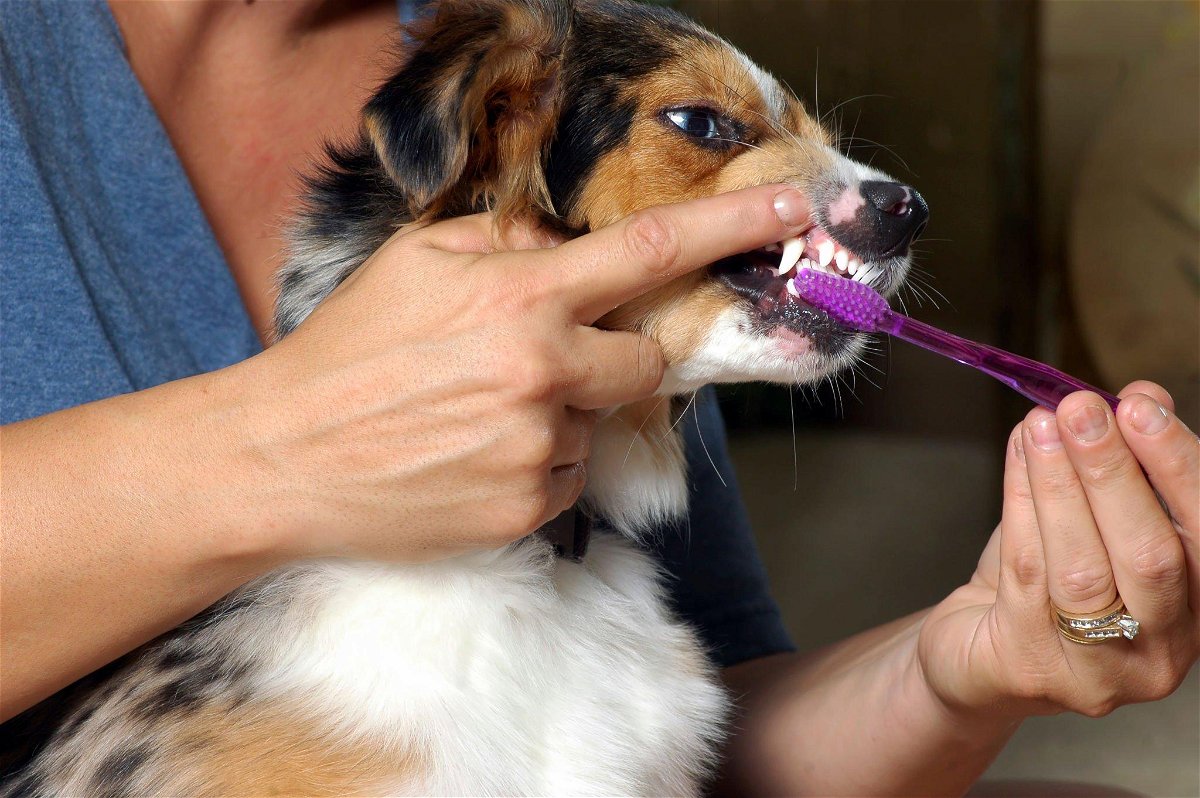
Step 1: Introducing your dog to brushing
Most dogs may not like getting their teeth brushed at first, but they can quickly learn to tolerate the process if you get the basics right.
To acquaint your dog with the process, it’s important to begin slowly by touching the muzzle and lifting the lips gently to expose the jawlines.
Within the next few days, you can start handling the mouth and gently stroking the dog’s teeth and gums with a clean finger.
Step 2: Introducing canine toothpaste and toothbrush
Always use an edible canine-specific toothpaste since human toothpaste is formulated with some active compounds like xylitol and fluoride which can be toxic to dogs.
You can start by placing a small amount of the delicious toothpaste on your finger and allow your canine friend to sample the taste.
Some of the most common flavors of canine toothpaste include beef, seafood, peanut, poultry, and vanilla mint, so choose the one your dog loves.
Once your dog feels comfortable, apply a small amount of the toothpaste on a wet child-sized toothbrush and gently glide it over one tooth and the attached gumline.
We recommend using a special dog toothbrush that goes over your index finger (finger toothbrush) for maximum control and precision during brushing.
Step 3: Continue Brushing
As your dog gets at ease, you can progressively increase the number of teeth you brush from the incisors and work your way down the molars.
For effective results, it’s recommended to use back-and-forth circular motion while placing your brush at an angle of 45 degrees off the gumline.
Once your dog is accustomed to the brushing process, you can clean their teeth regularly during routine grooming – the more the better.
2. Dental Treats
Another great way of maintaining your dog’s oral hygiene is by using dental treats with approval from the Veterinary Oral Health Council (VOHC).
Dog treats that meet the standards for calculus and/or plaque reduction in dog teeth are highly effective in preventing the buildup of tartar.

But what is plaque and tartar? Plaque is a compound of food particles combined with saliva and bacteria, forming a sticky residue on teeth.
Tartar, on the other hand, is a hard yellowish-brownish mineral deposit that forms near the gumline when plaque is left for too long on the teeth.
Tartar, also known as dental calculus, is a much bigger problem since it cannot be removed by regular brushing or at-home dental work.
In addition to clearing plaque and tartar from the dog’s teeth, these dental chews can form a protective barrier on the teeth’s surface to prevent bacteria from sticking.
3. Dog Dental Cleaning Wipes
For dogs with sensitive gums and teeth, you can use VOHC-approved dental wipes to clear the biofilm forming on the teeth.
If your dog gets uncomfortable with foreign objects in their mouth, you can introduce these wipes by allowing them to sniff and lick the wipes before using them.
Once your dog is comfortable with the smell and taste of the wipes, with clean hands, you can lift the upper lips and use the wipes to clean the front teeth in a circular motion.
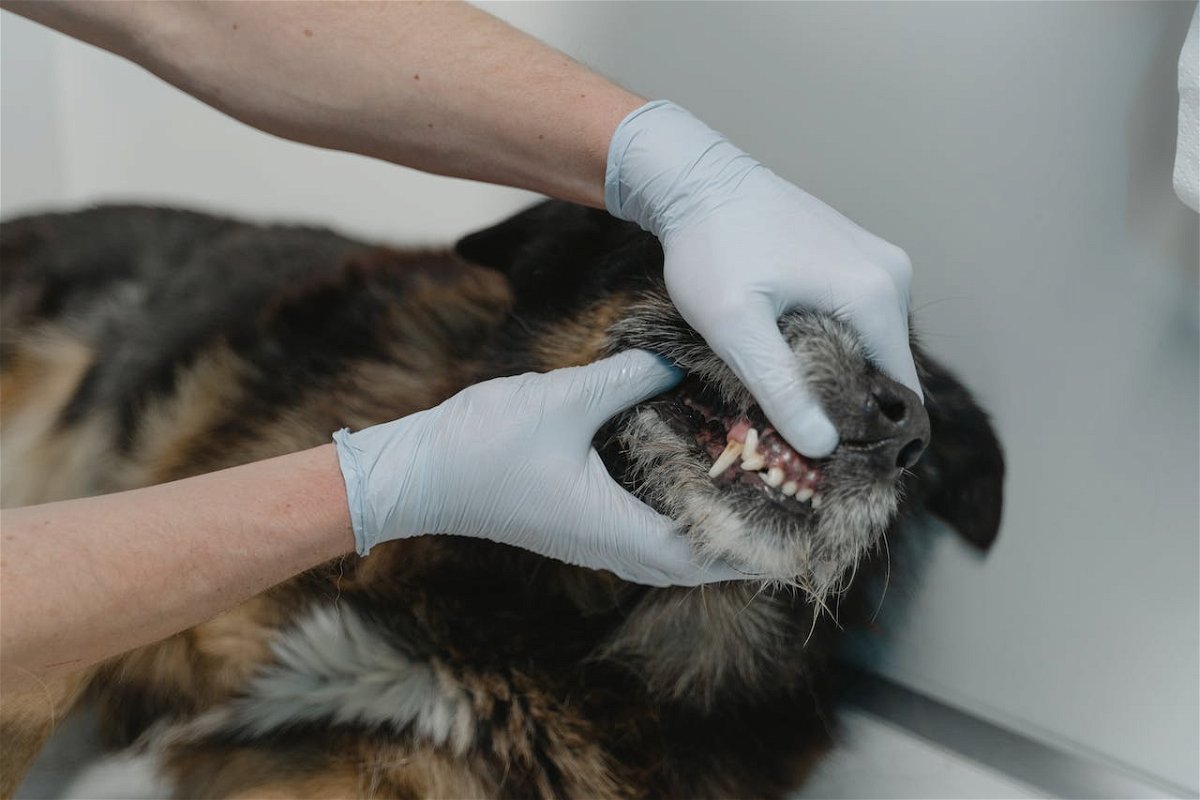
Keep rubbing the teeth and gums as you work your way around the entire top and bottom jawline while applying gentle pressure.
It’s not uncommon for some dogs to get fidgety or nervous during this process, so plan for intermediate breaks with treats and praises to calm your canine friend.
Dispose of used dental wipes and clean your hands with soap and warm water after finishing the cleaning process.
4. Dental Water Additives
There are several oral solutions available for dogs to help improve their oral health when drinking water. These water additives are tasteless, so using them will not alter the taste of water.
These water add-ins work by killing plaque-building bacteria in your dog’s mouth, through enzymatic actions. It also helps freshen the dog’s breath to prevent halitosis.
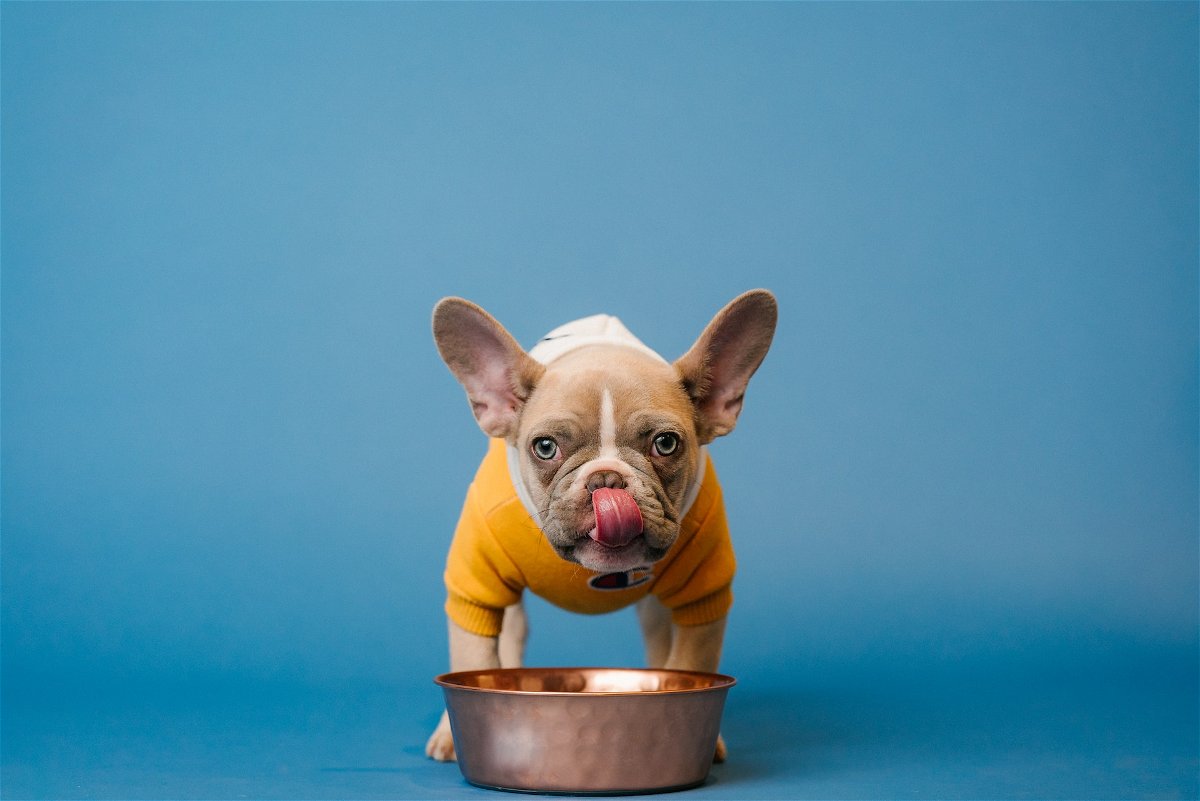
Be sure to read the instructions on the bottle before using it. Most manufacturers recommend adding a certain amount to your dog’s water for daily intake.
5. Dental Powder for Dogs
Flavored dental powders can reduce plaque and tartar on your dog’s teeth and freshen the breath to prevent halitosis.
In addition to killing plaque-building bacteria, this powder also contains probiotics which replenishes healthy oral bacteria.
You can use these dental powders by applying a certain amount to your dog’s daily food per the manufacturer’s instructions.
6. Dog Chews
Examples of popular chew toys loved by many dogs include bully sticks, antlers, Yak cheese chews, and beef tendons.
These chew toys are usually made from natural ingredients that can be gnawed for a long time without getting consumed too quickly.
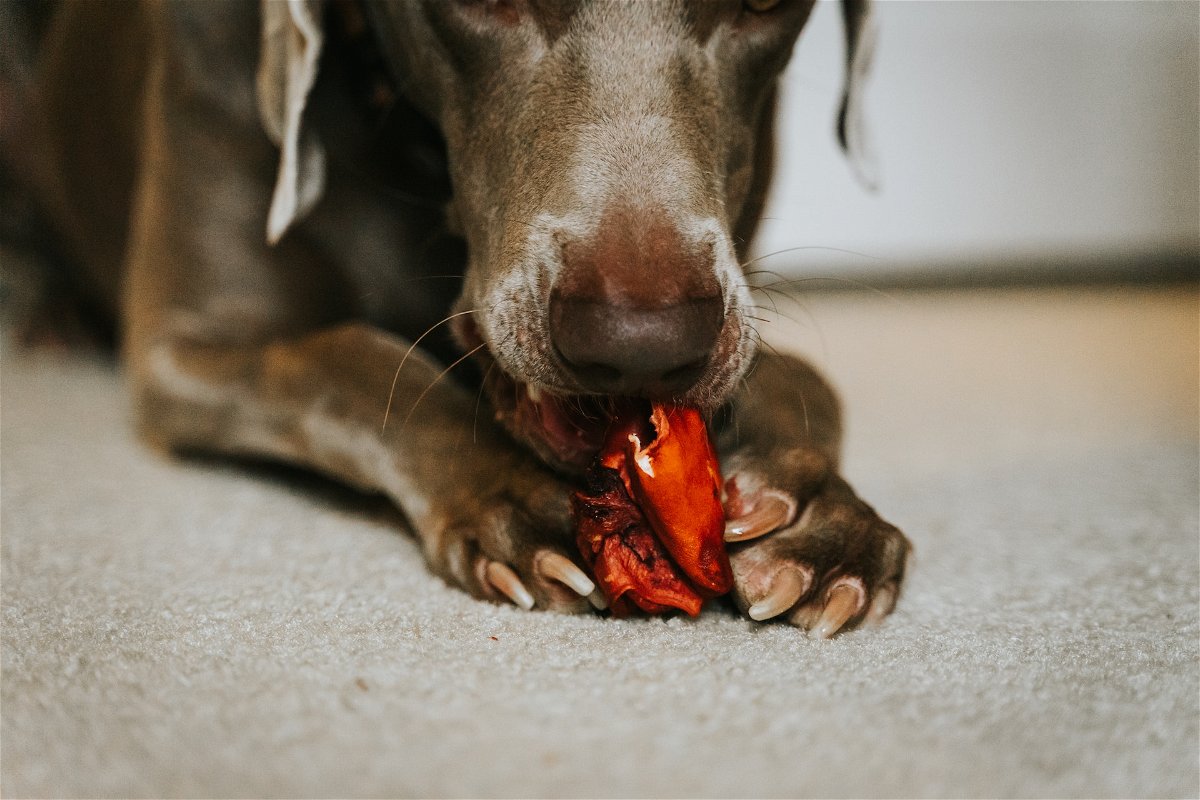
The continuous chewing process is what makes such toys a great alternative to teeth brushing because it clears food residue and tartar from the enamel and gumline.
In addition to oral care, these natural chews can also be used as a great training tool to prevent your canine friend from creating trouble elsewhere.
7. Dog Chew Toys
Dogs who love to chew will appreciate natural chews which keep them busy in addition to keeping tartar buildup under control.
Examples of popular chew toys for dogs include Nylabone, Benebone, and Kong. The continuous gnawing helps clear plaque and calculus from your dog’s whites.
In addition to keeping their oral health in control, offering a chew toy satisfies your dog’s instincts to chew and keeps them occupied preventing destructive behavior.

The major drawback associated with chew toys is that you may have to buy a new one too often if your dog is a heavy chewer.
We recommend rotating the types of chew toys you give your dog to keep them interested and anticipating more.
8. Oral Sprays
Dog dental sprays are a great solution for curing bad breath (halitosis) in dogs. Dental spray for dogs offers a quick and easy way to maintain good oral care and it can be used alongside brushing too.
These sprays work by killing oral bacteria, leaving your furry friend with a fresh breath in a pathogen-free mouth.
To complement odor-eliminating effects, most dental sprays can also remove plaque and prevent the formation of tartar.
Most dental sprays are easy to use since you’ll only be required to spray them directly on your dog’s teeth and gums.
For the maximum effect of dental sprays, make sure your dog doesn’t eat before and after the spray for approximately 30 minutes.
9. Coconut oil
For a more natural approach to cleaning your dog’s teeth, we recommend using coconut oil since it contains lauric acid – known for its antimicrobial properties.
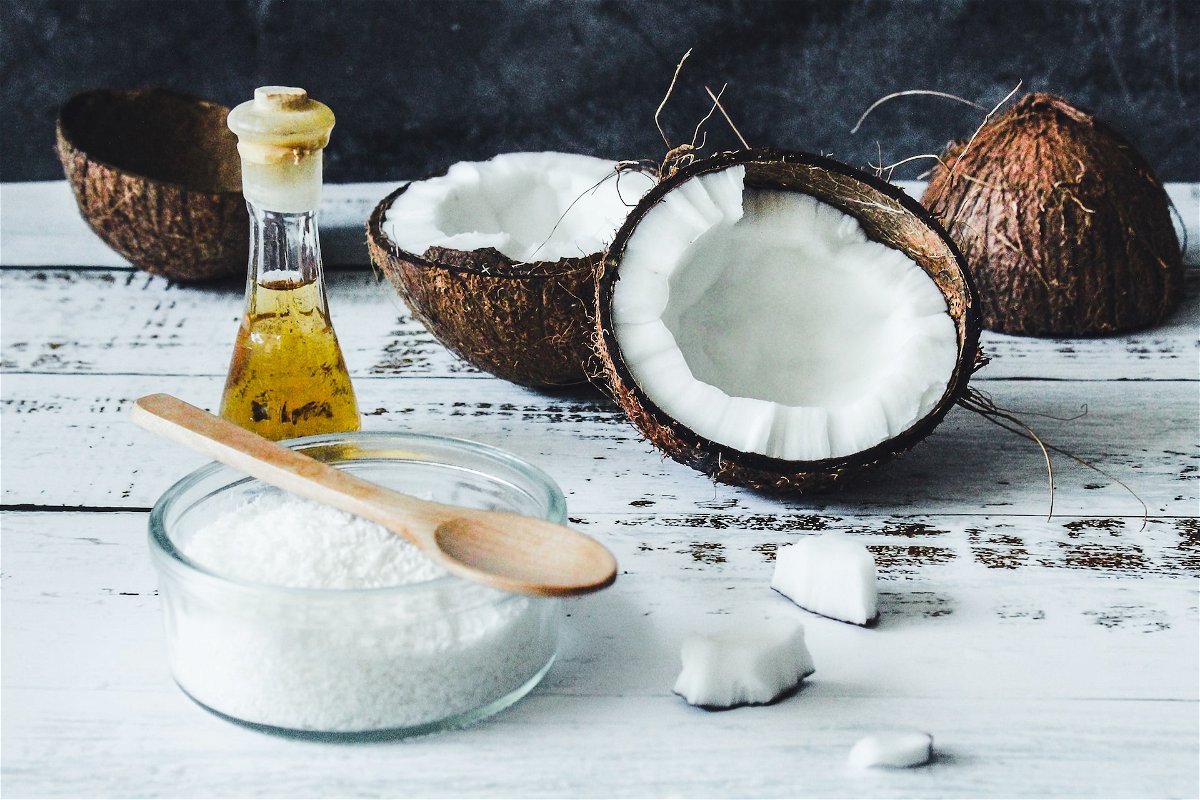
There are two ways of harnessing the benefit of coconut oil for your dog’s dental hygiene. The most popular way is to use it as a toothpaste to keep your dog’s teeth clean and sparkling white.
The second way is to use a small amount of coconut oil as a food additive for your dog’s oral hygiene and to exploit a host of other benefits.
10. Regular Professional Teeth cleaning
Scheduling regular visits to the vet for professional teeth cleaning is critical in maintaining good oral care since tartar can still build up even with at-home dental care.
Most dogs can do well with an oral exam and professional teeth cleaning at least once a year, which also allows your vet to check for the early signs of serious dental diseases.
Some dog breeds such as Bulldogs, Dachshunds, and Yorkshire Terriers, and more prone to periodontal diseases so they may need an oral exam every six months.
The best part about taking your dog for professional cleaning is that your vet can manually scrap off plaque below the gum line where no toothbrush can reach.
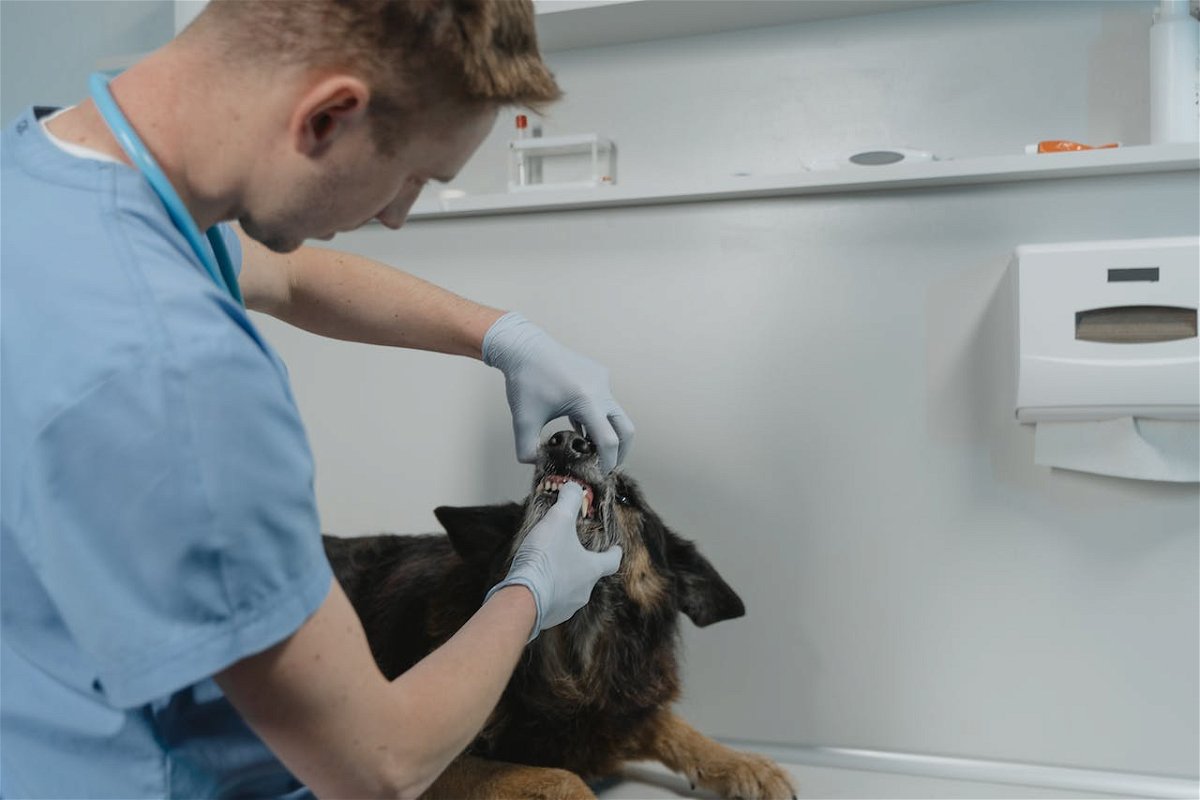
In case of tartar buildup, your veterinarian may recommend scaling and polishing to restore the teeth’s condition while your dog is under anesthesia.
During an oral exam, your vet will most likely take an oral x-ray to monitor the health condition of the teeth roots and the entire jawline.
In case of a dental cavity, your vet may safely fill or extract the affected tooth depending on how far the damage has gone.
Without a comprehensive pet insurance policy that covers dental work, oral exams, and treatment can be expensive, but it’s worth giving it a go.
11. Fruits and vegetables
Crunchy dog-safe fruits and vegetables can help maintain good oral hygiene by scrapping off plaque and preventing tartar from building up.
Some of the best fruits and vegetables for teeth cleaning include carrots, celery, watermelon, apples, strawberries, and radishes, among others.
The stingy texture of most natural fruits can help clean in-between the teeth by removing food residue and other debris.
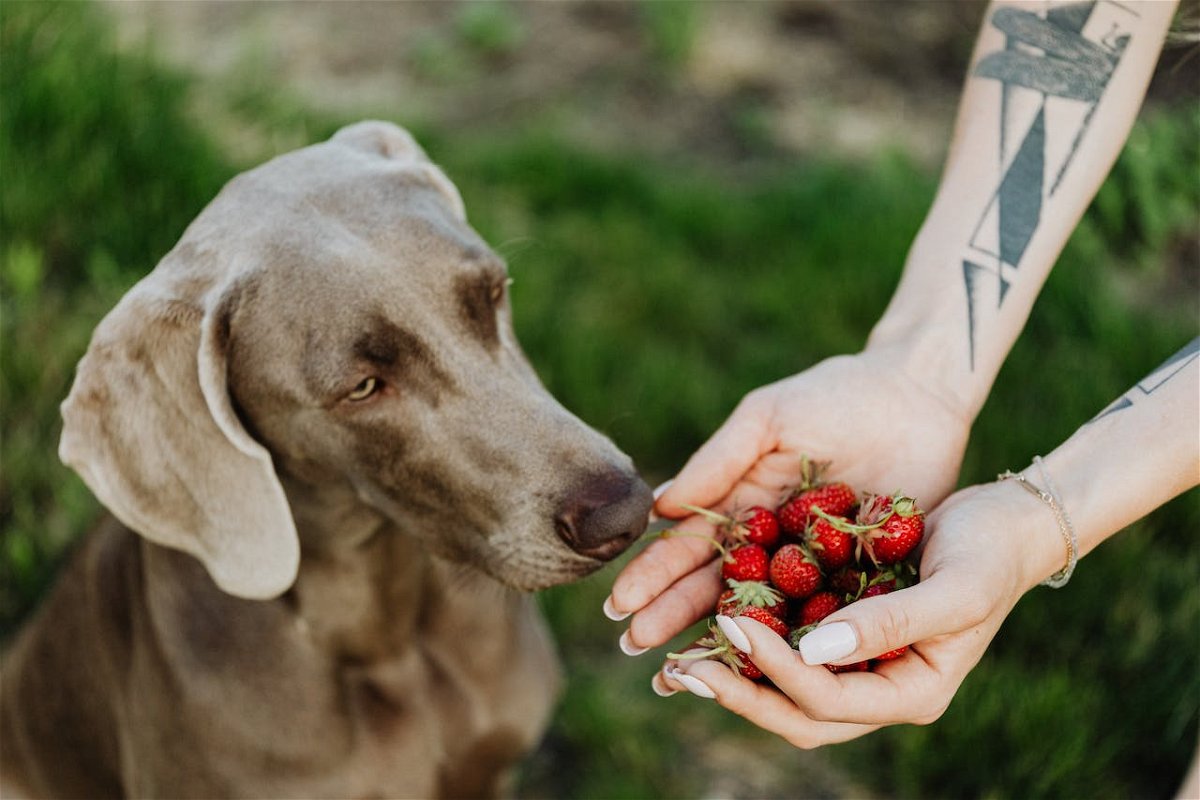
On top of scrapping plaque from the dog’s teeth, some fruits are packed with enzymes that help reduce bad breath in dogs.
Make sure to limit the size of fruits your dog takes in a day, especially since most of them are choke full of natural sugars increasing calorie intake.
Conclusion
Most vets recommend brushing your dog’s teeth daily, although a scaled-down approach of 3 – 5 days a week is still acceptable.
If you’re running short of time to brush, you can also adopt any of our other practical tips to keep a dog’s teeth clean.
On top of the regular at-home dental work routine, we recommend a yearly professional cleaning by a specialist dental vet, to remove tartar and catch the early signs of oral diseases, if any.
Did we capture your favorite ways of cleaning your dog’s teeth? Please let us know by dropping a comment below.

Justus is the lead author at Furs'n'Paws. He is not only a passionate animal lover but also an experienced pet writer and editor with several years of expertise in the field. With a keen understanding of animal behavior and a talent for interpreting the puzzling body movements of pets, he has developed a deep passion for sharing his insights and experience with his readers. Justus is experienced in researching and reviewing pet products, and putting together product reviews and buying guides. He is dedicated to helping pet owners provide the best for their furry companions. His wealth of knowledge and love for animals make him a trusted resource in the pet community.


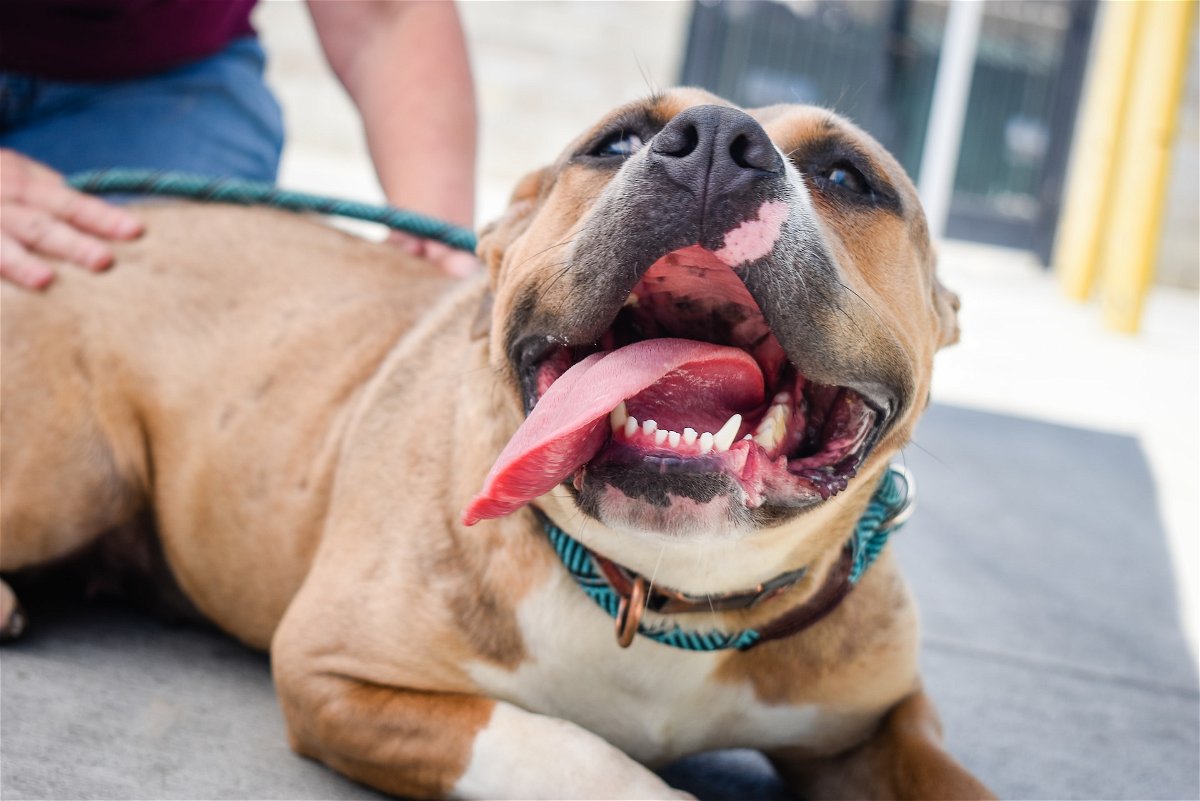
No responses yet